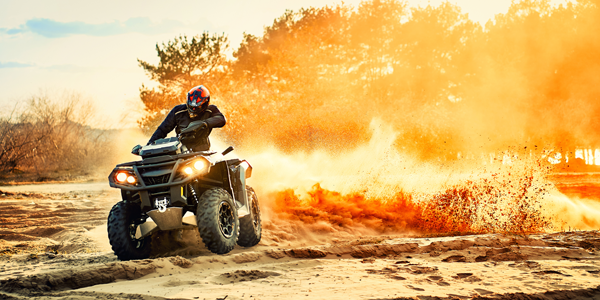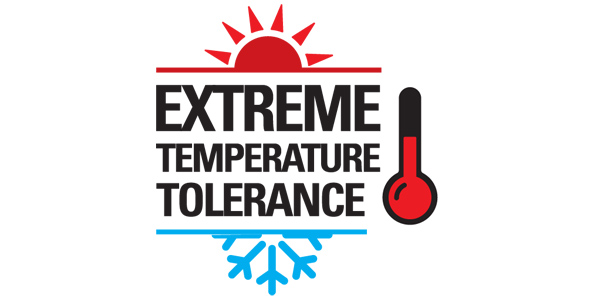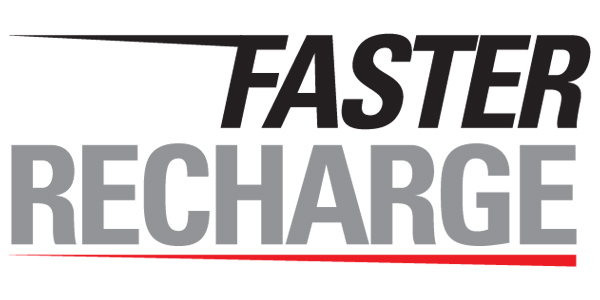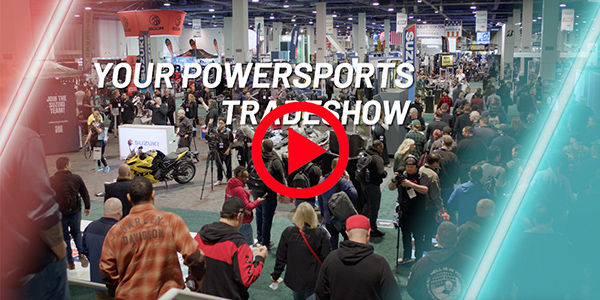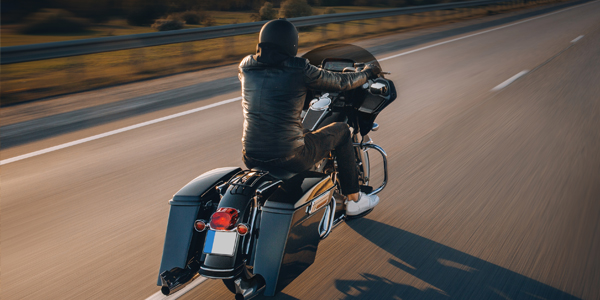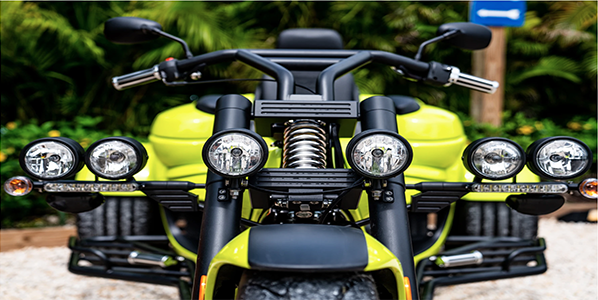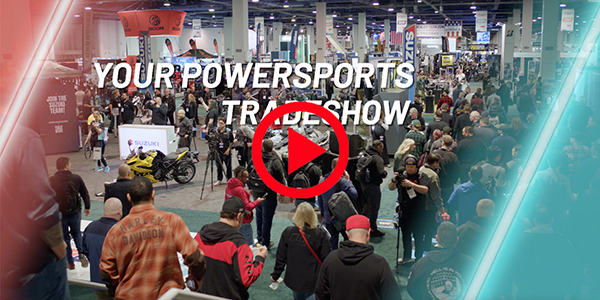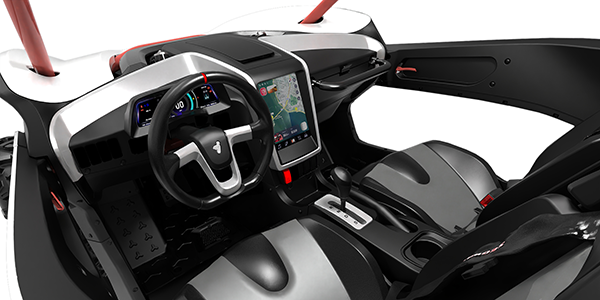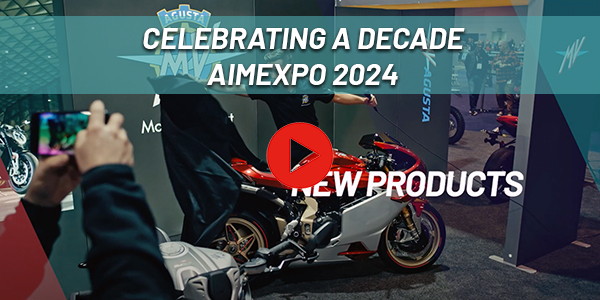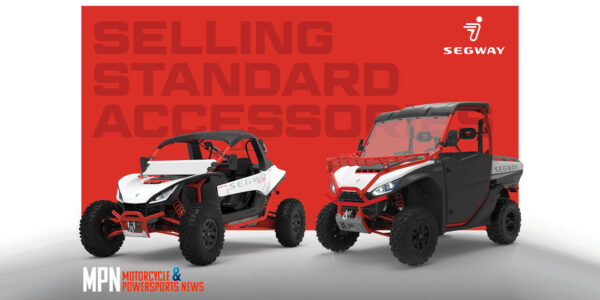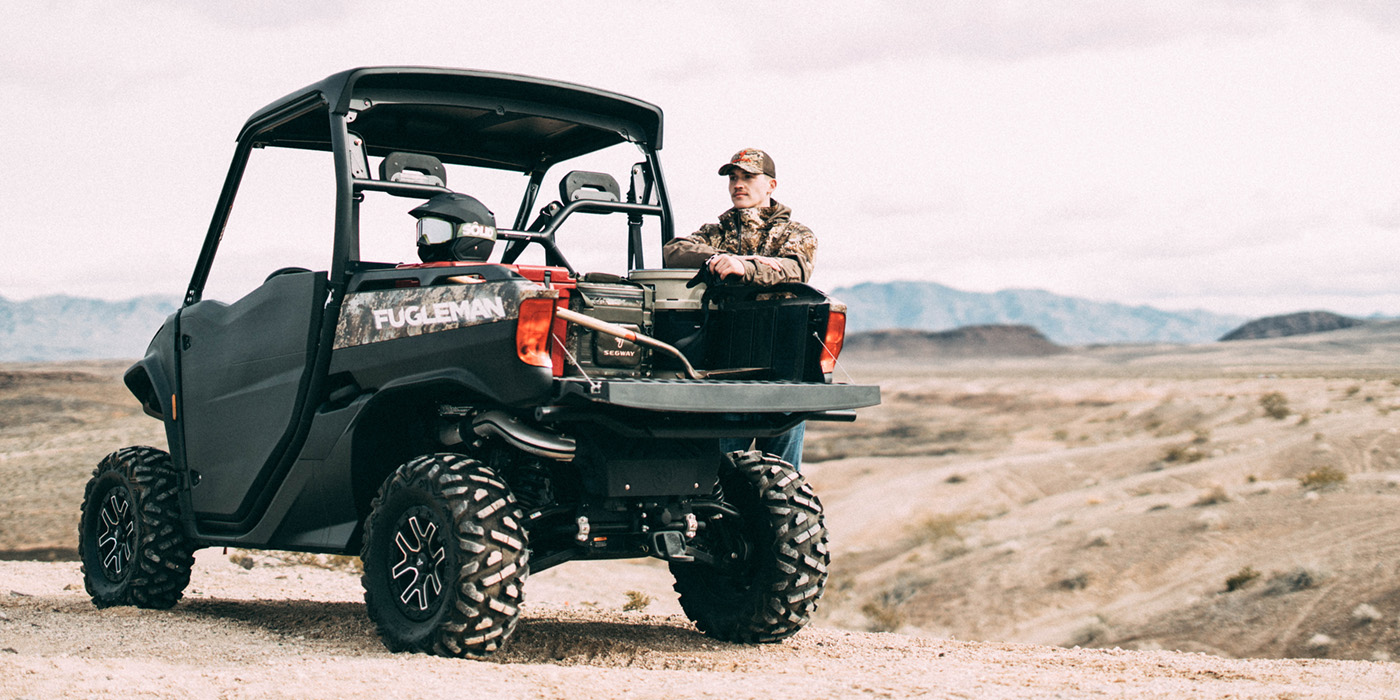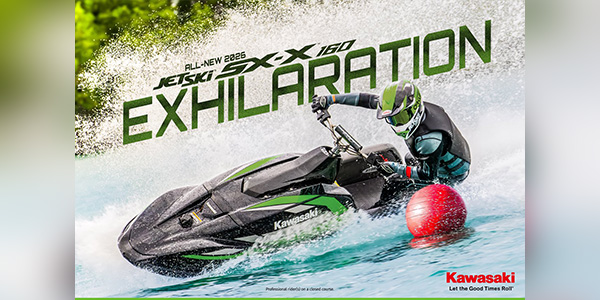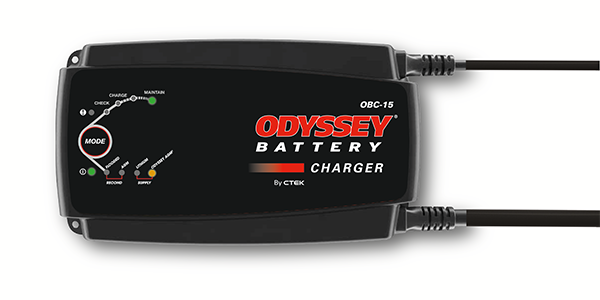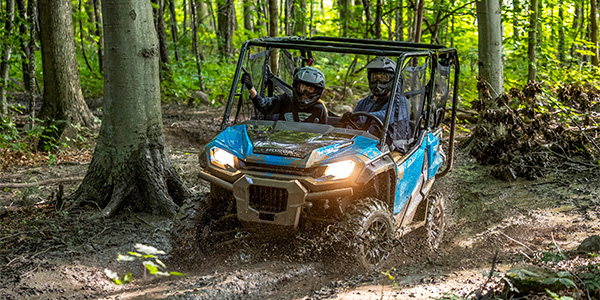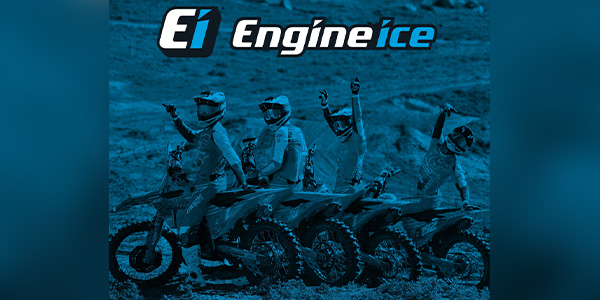Extreme Temperature Tolerance
For excursions with exposure to intemperate weather, such as the severe cold encountered on snowmobiles or the scorching heat on an All Terrain Vehicle (ATV) during a hot summer day, it’s wise to invest in a powersports battery that can tolerate extreme temperatures that come along with the territory.
Massive Starting Power
A battery built with a higher CCA can create more starting amperage and therefore deliver more power for massive results.
Fast Recharge Efficiency
A battery capable of fast recharge can minimize downtime and get your vehicle back up and running in no time.
Longer Storage Life
If storing your vehicle on the off-season is a must, a battery engineered to provide a significantly long life-shelf (up to 1 or 2 years) can help save customers time and money due to an unneeded replacement.
Deep-Cycle Reserve
Today’s technologically advanced powersports vehicles are equipped with onboard accessories to enhance the end-user experience including lighting, winches, communications systems, Global Positioning Systems (GPS) and mobile device chargers. A battery with deep-cycle reserve capacity can help start the engine and provide the power needed to keep all onboard electronics running properly.
Vibration Resistant
Whether combating the rough terrain of dirt, sand and mud in your ATV or confronting a strong wave in your Personal Watercraft (PWC), a non-spillable, durable design with extreme vibration resistance can help cushion harsh blows due to the environment.
Minimal Maintenance
Having to do regular maintenance and upkeep checks on your powersports battery can become a tedious chore. Innovations to battery design, including Absorbed Glass Mat and Thin Plate Pure Lead (TPPL) technology, can significantly minimize maintenance requirements often seen with traditional flooded lead acid batteries.
Selecting Your Next Powersport Battery
No Two Battery Chemistries Are the Same
There are a variety of different battery chemistries on the market today for your powersports vehicle and each one has its own unique characteristics. Let’s explore the different chemistries available to energize your powersports application to see which battery is right for you.
Flooded Lead Acid Batteries
Conventional flooded lead acid batteries are usually the least expensive option available but have many downfalls for this type of vehicle application. For starters, flooded lead acid batteries generally have a higher rate of self-discharge. Extremes in temperature can also dramatically affect the battery’s performance. Physical maintenance and human intervention are mandatory for proper operation, such as cleaning away corrosion after extended use. This type of battery is not the most robust, with cases and covers not built to withstand the severe shock and vibration dished out during an exhilarating ride. If the battery case cracks, acid could leak from the battery. Excessive vibration can damage the battery’s internal components.
Absorbed Glass Mat Batteries
Absorbed Glass Mat (AGM) batteries are engineered to withstand extreme temperatures, making them an excellent option for seasonal powersports vehicles such as a snowmobile or PWC. They feature rugged construction, they’re non-spillable and are shock and vibration resistant. However, not all AGM batteries are the same. It’s wise to choose an AGM battery with an appropriate Cold Cranking Amperage (CCA) to give you adequate power to start your engine.
Thin Plate Pure Lead Technology
Thin Plate Pure Lead (TPPL) technology takes the benefits of AGM batteries a step further with pure lead electrode plates that can be made thinner than standard AGM engineering so that more plates will fit than in a comparably sized conventional lead acid battery. The additional plates provide as much as 15 percent greater surface area, increasing the electrochemical reactions with the electrolyte. The result is significantly higher cranking power.
Lithium-ion Batteries
Lithium-ion batteries tend to have a higher upfront cost than alternative chemistries and are not necessarily temperature tolerant. They’re compact, lightweight and recharge easily but require very specific charging algorithms. The battery’s small size and durable construction make it easy to install and maintain.
When it’s time to purchase a battery for your vehicle, make sure you consider more than just price. Go with a battery that’s fully capable to take on all the challenges powersports applications can dish out as well as all the fun!

